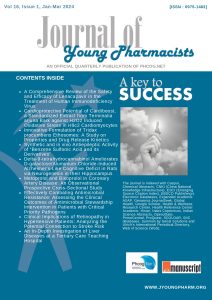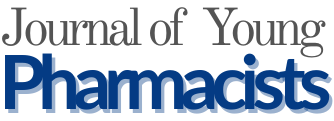Published: 09 June 2025 Letter to Editor
Published: 09 June 2025 Review Article
Published: 09 June 2025 Review Article
Published: 09 June 2025 Review Article
Published: 09 June 2025 Review Article
Published: 09 June 2025 Review Article
Published: 09 June 2025 Review Article
Published: 09 June 2025 Review Article
Published: 09 June 2025 Review Article
Published: 09 June 2025 Original Article
Published: 09 June 2025 Original Article
Published: 09 June 2025 Original Article
Published: 09 June 2025 Original Article
Published: 09 June 2025 Original Article
Published: 09 June 2025 Original Article
Published: 09 June 2025 Original Article
Published: 09 June 2025 Original Article
Published: 09 June 2025 Original Article
Published: 09 June 2025 Original Article
Published: 09 June 2025 Original Article
Published: 09 June 2025 Original Article
Published: 09 June 2025 Original Article
Published: 09 June 2025 Original Article
Published: 09 June 2025 Original Article
Published: 09 June 2025 Original Article
Published: 09 June 2025 Original Article
Published: 09 June 2025 Original Article
Published: 09 June 2025 Original Article
Published: 09 June 2025 Original Article
Published: 09 June 2025 Original Article
Published: 09 June 2025 Original Article
Published: 09 June 2025 Original Article

